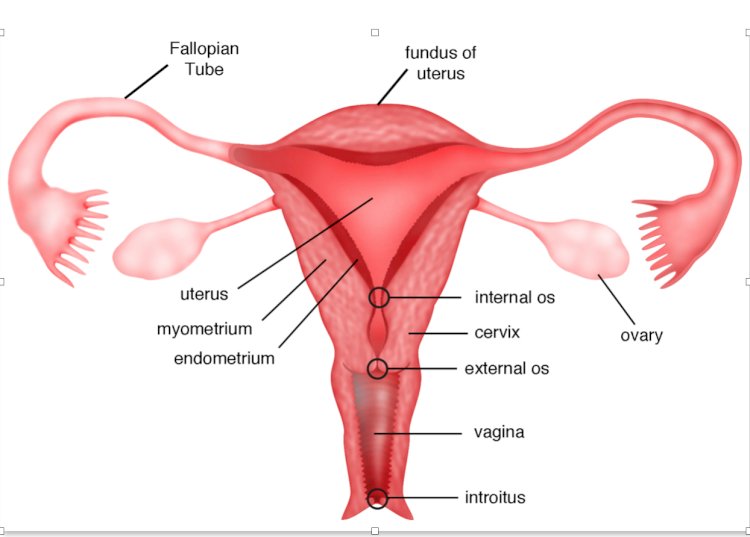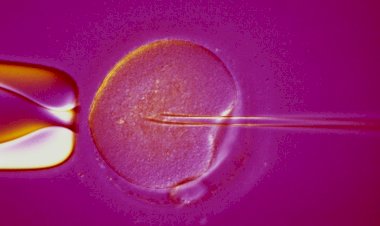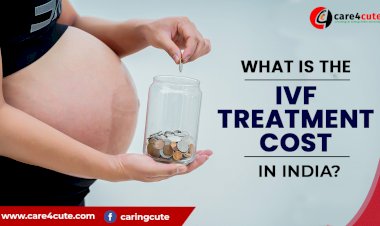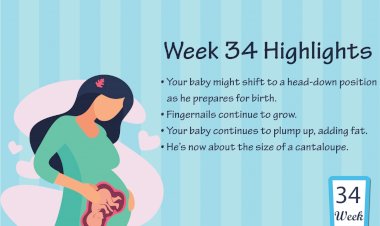Normal fertility

Normal fertility
At the beginning of each menstrual cycle the pituitary gland in the brain releases a hormone which stimulates the ovaries to produce follicles. One of these follicles grows faster than others to become the ‘dominant follicle’. It is from this follicle that an egg will be released each month at ovulation.
During this monthly cycle the ovaries produce several hormones, most importantly oestrogen, which promotes growth of the follicles, and progesterone, released after ovulation, which prepares the uterus for pregnancy.
After ovulation, the egg passes through the fallopian tube to meet one of several sperm cells swimming towards it. Fertilisation occurs when a sperm cell penetrates the outer layer of the egg. The fertilised egg continues to the uterus and pregnancy begins when it implants in the lining (known as the endometrium). If the egg is not fertilised, or the embryo does not progress, the endometrium is shed as a menstrual period approximately 14 days after ovulation.


 Dr. Neelu
Dr. Neelu 

































Comments (0)